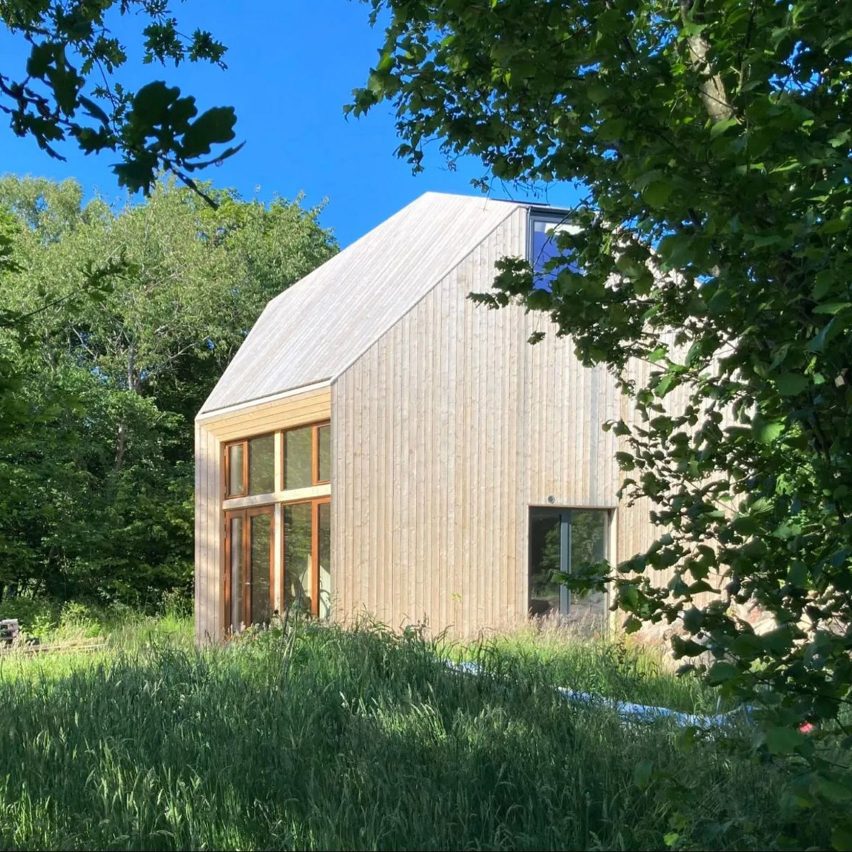"We can't pretend that aesthetics are not important when it comes to sustainability"

Sustainability must be incorporated into architecture projects in a truly holistic way in order to support the green transition, writes Trimble SketchUp's Andrew Corney as part of Dezeen's Climate Salon partnership with the software company.
In the realm of architecture, aesthetics have long been intertwined with cultural norms, technological advancements and individual preferences. However, as society grapples with the urgent need to address climate change, industry experts are re-evaluating traditional approaches to building design and construction, making efforts to minimise environmental impact while creating visually appealing and functional spaces.
For the past 100 years, architects and designers have relied heavily on materials such as glass, concrete and steel. The appeal: a marriage between an enduring modern aesthetic and the practical benefits of low maintenance and industry know-how. In contrast, environmentally conscious professionals have spent years exclusively crafting their relationship with bio-based materials like wood and fibre, or recycled feedstock ground into a range of construction products. There hasn't been that much synergy between the two approaches ? aesthetics-led and sustainability-led ? to building design, which are often considered in silo and as an "add-on" to a design project.
Villa Skäret, designed by Andreas Lebisch, is an example of contemporary timber architecture. Photo courtesy of Trimble SketchUp
At every turn, all alte...
| -------------------------------- |
| Hansgrohe opens The Water Studio in Clerkenwell to bring its products "to the world" |
|
|
Villa M by Pierattelli Architetture Modernizes 1950s Florence Estate
31-10-2024 07:22 - (
Architecture )
Kent Avenue Penthouse Merges Industrial and Minimalist Styles
31-10-2024 07:22 - (
Architecture )






